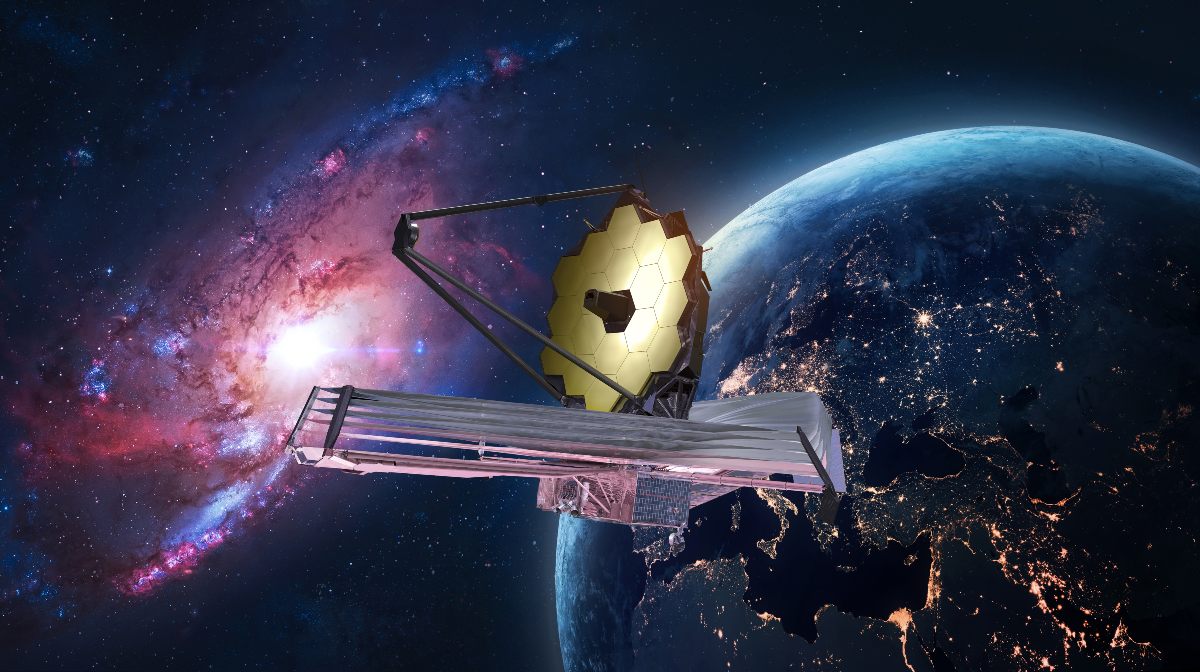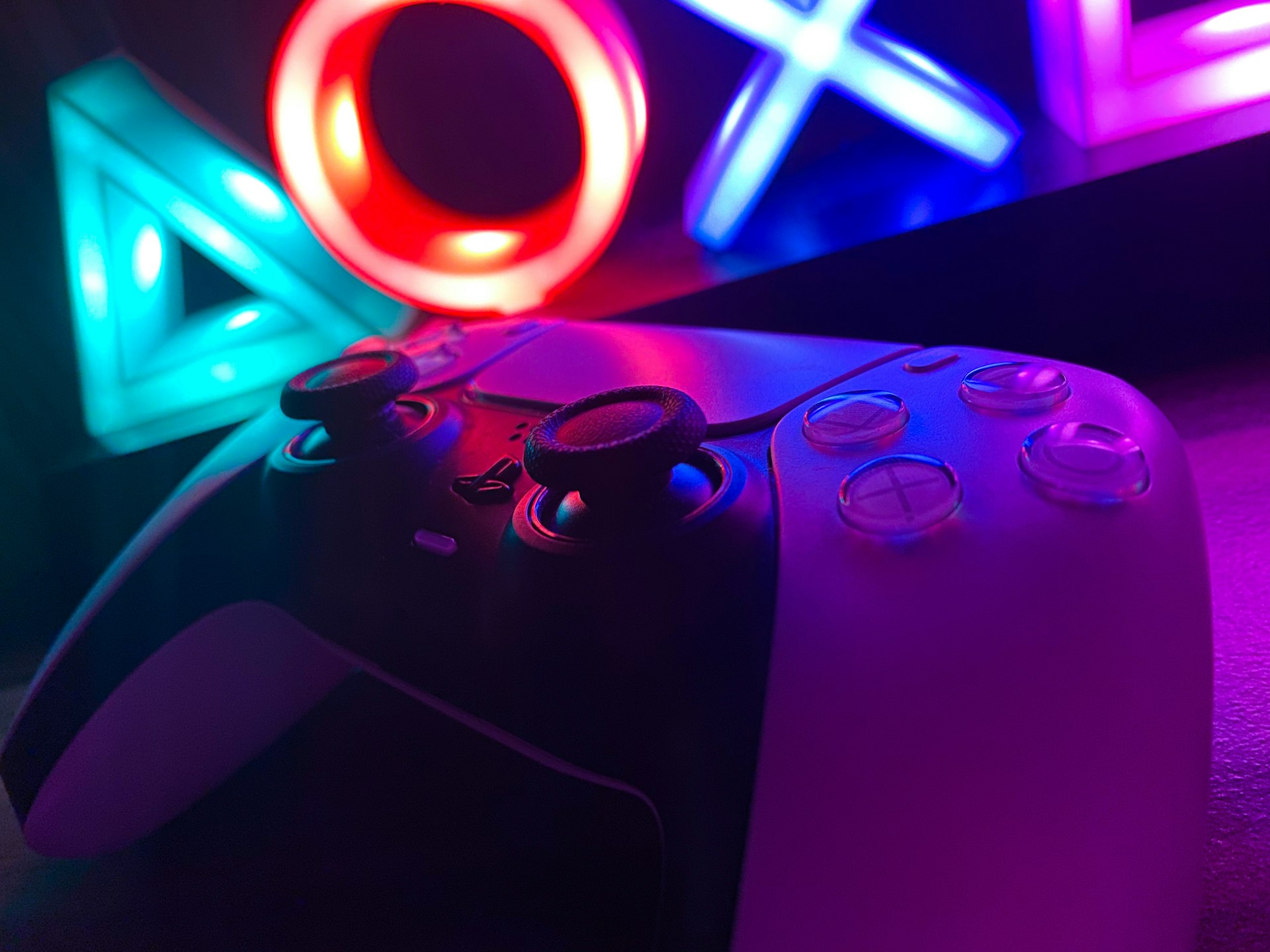After 2 weeks of uncertainty, Nasa recovered contact with Voyager 2, the probe sent into space in 1977. It is currently more than 19.9 billion kilometers away, so it has gone beyond the solar system and to an unknown destination.
On July 21, a series of erroneous commands were sent that caused Voyager 2’s position to change which disrupted communication between NASA’s antennas and the space probe. No commands could be sent to Voyager and no data was received from the spacecraft. The mission team was to wait until October, when an automated orientation reset was to occur. However, some maneuvers were attempted and were successful in regaining contact earlier.
What was the reason for the loss of contact with the Voyager 2 probe and how was it reestablished?
In mid-July, planned commands were sent to the historic space probe but mistakenly caused Voyager 2’s communication antenna to be off by 2 degrees. This deflection caused communications between NASA’s Deep Space Network (DSN) ground antennas and the space probe to be disrupted.
On August 1, multiple antennas were used and the DSN was able to detect a signal from Voyager 2. It was too faint, but proof that the ship was active and operational. Given this, the mission team was going to try to use one of the DSN antennas to make a sort of shout to the probe to send the command that way and have it turn the antenna to correct the deviation.
This attempt was successful and the Canberra facility in Australia was used to send the interstellar shout to command Voyager to reorient its antenna. It took 37 hours to determine if the strategy had worked, since, due to the distance where the probe is located, there was a one-way light time of 18.5 hours.
Finally, on August 4, the space probe started sending back scientific and telemetry data and information, another indicator that the strategy paid off. NASA subsequently reported that communication was fully restored with Voyager 2.
What is the future of this space probe?
Earlier this year, Linda Spilker, one of the Voyager project scientists stated that the most valuable data from the probe is the data it sends the farther it moves away from the Sun. In this way, the aim is to keep most of the scientific instruments in operation for as long as possible. The distance at which the probe is now located allows it to send information about radiation in interstellar space and the extent to which the sun’s energy and particles are shielded from the cosmos.
The main problem with this is that these are spacecraft that were launched more than 46 years ago. The nuclear power fuel is running low, so NASA shut down some of the scientific instrumentation and cameras. Add to this the failures they are experiencing, which suggests that it is time to think about how much longer the mission will last.




